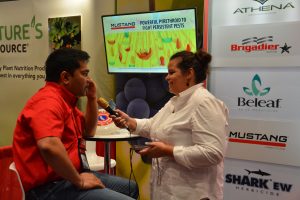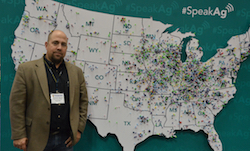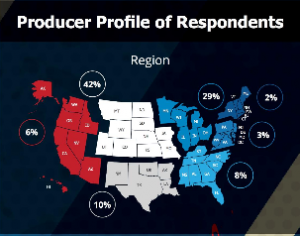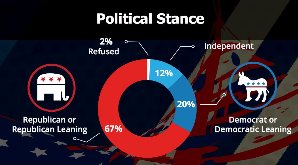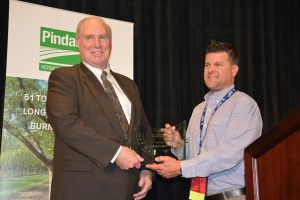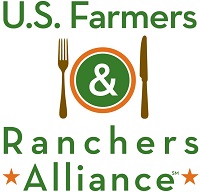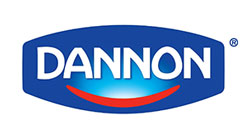 Addressing the issue of sustainability with international buyers of U.S. grains at the Export Exchange 2016 was Field to Market data and technology director Paul Hishmeh. Field to Market focuses on quantifiable sustainability in agriculture and Hishmeh brought an overview of what that looks like to the conference, which is co-sponsored by the U.S. Grains Council (USGC) and the Renewable Fuels Association (RFA) every other year to bring together international buyers and domestic suppliers of corn, ethanol co-products, sorghum and barley.
Addressing the issue of sustainability with international buyers of U.S. grains at the Export Exchange 2016 was Field to Market data and technology director Paul Hishmeh. Field to Market focuses on quantifiable sustainability in agriculture and Hishmeh brought an overview of what that looks like to the conference, which is co-sponsored by the U.S. Grains Council (USGC) and the Renewable Fuels Association (RFA) every other year to bring together international buyers and domestic suppliers of corn, ethanol co-products, sorghum and barley.
Sustainability is being touted in many areas and various ways, but consumers are the real drivers behind behind the movement, Hishmeh asserts. Eighty percent of consumers expect more sustainability from companies, 70 percent want to know more about how their food is cared for before it arrives at the super market, and 60 percent of millennials are willing to pay more for sustainable products; a fact that can be seen in the growth of organic food and fair trade products.
Companies are looking for ways to accomplish what consumers are expecting. Some Field to Market members are taking great strides, like Coca-Cola working to reduce greenhouse gases across the supply chain by 25 percent, or Wal-Mart looking to assure fertilizer optimization on 14 million acres.
“There is a strong commitment in the United States for sure, and abroad, to look at sustainability in a very meaningful way,” Hishmeh says.
Key to the success of Field to Market is a nonprofit with a small staff, but it is member companies that make things happen within the organization. Members include grower organizations and companies across the food supply chain. Their overall goal, he says, is simple but important. Field to Market is “meeting the needs of today while improving the ability of future generations to meet their own needs.”
Learn more about Field to Market’s four pillars, the Field Print Calculator, agronomic tools and other sustainability efforts in the U.S. in Paul Hishmeh’s speech here: Presentation by Paul Hishmeh, Field to Market


